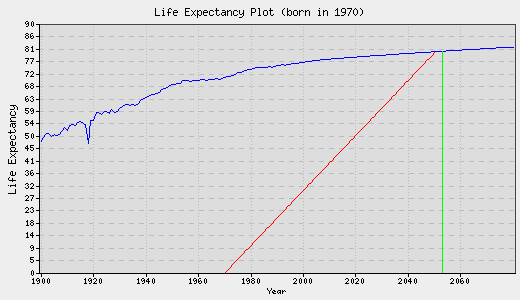AcaWiki† officiously launches tomorrow. The goal is to make academic knowledge more accessible through wiki community curated article “summaries” — something like long abstracts aimed at a general audience rather than specialists.
This could be seen as an end-run around access and copyright restrictions (the Open Access movement has made tremendous progress though there is still much to be done), but AcaWiki is a very partial solution to that problem — sometimes an article summary (assuming AcaWiki has one) would be enough, though often a researcher would still need access to the full paper (and the full dataset, but that’s another battle).
More interesting to me is the potential for AcaWiki summaries to increase the impact of research by making it more accessible in another way — comprehensible to non-specialists and approachable by non-speedreaders. I read a fair number of academic papers and many more get left on my reading queue unread. A “human readable” distillation of the key points of articles (abstracts typically convey next to nothing or are filled with jargon) would really let me ingest more.
Probably the closest things to AcaWiki summaries are Research Blogging and the idea that journal authors should contribute to Wikipedia. While both of these are great, blog posts don’t obtain the benefits (and costs) of distributed authoring and maintenance and direct contribution of research to Wikipedia has very limited applicability. So I think AcaWiki can make a big contribution. It could turn out that some granularity other than individual article summary is the sweet spot for community curation of academic knowledge — one could imagine field and sub-field and sub-sub-field surveys organized in WikiProject†† fashion as that — but article summaries are a very concrete place to begin, and more should naturally grow out of the AcaWiki community’s efforts to figure out the best ways to create and organize article summaries.
I’ve written a summary of Steven Levitt’s Why are Gambling Markets Organised So Differently from Financial Markets? I’d be really appreciative of article summaries in the following categories:
- Any paper on prediction markets, in particular from the Journal of Prediction Markets.
- Any paper from Rejuvenation Research.
- Any paper by my brother.
- Any paper about Creative Commons.
†I’ve been somewhat involved in AcaWiki over the past year — I’m on its board and Creative Commons has done some technology consulting on the project, credit to Nathan and bits from Steren, Nathan K, Alex and Parker — and note that Neeru Paharia, AcaWiki’s founder, was one of CC’s earliest employees. AcaWiki summaries are of course contributed under a CC Attribution license, so you can do anything you want with them so long as you link back to the summary.
††I urge anyone not already impressed by the contribution of WikiProjects on Wikipedia or generally interested in community curation and quality to check out Martin Walker’s WikiProjects: Improving Wikipedia by organising and assessing articles presented at Wikimania 2009.

